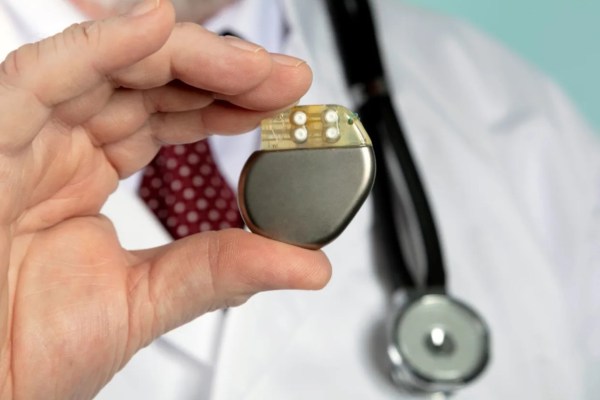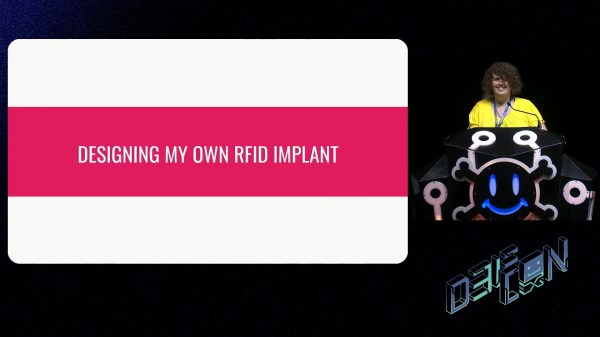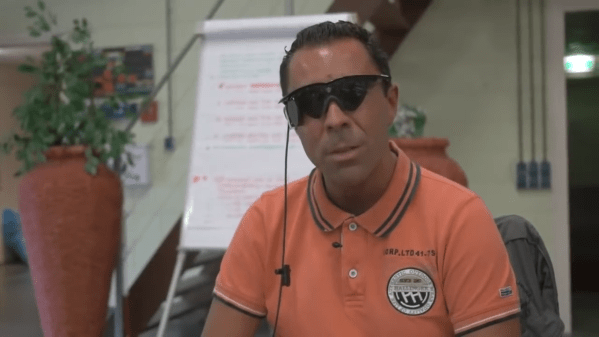Tinkerers and tech enthusiasts, brace yourselves: the frontier of biohacking has just expanded. Picture implantable medical devices that don’t need batteries—no more surgeries for replacements or bulky contraptions. Though not all new (see below), ChemistryWorld recently shed new light on these innovations. It’s as exciting as it is unnerving; we, as hackers, know too well that tech and biology blend a fine ethical line. Realising our bodies can be hacked both tickles our excitement and unsettlement, posing deeper questions about human-machine integration.
Since the first pacemaker hit the scene in 1958, powered by rechargeable nickel-cadmium batteries and induction coils, progress has been steady but bound by battery limitations. Now, researchers like Jacob Robinson from Rice University are flipping the script, moving to designs that harvest energy from within. Whether through mechanical heartbeats or lung inflation, these implants are shifting to a network of energy-harvesting nodes.
From triboelectric nanogenerators made of flexible, biodegradable materials to piezoelectric devices tapping body motion is quite a leap. John Rogers at Northwestern University points out that the real challenge is balancing power extraction without harming the body’s natural function. Energy isn’t free-flowing; overharvesting could strain or damage organs. A topic we also addressed in April of this year.
As we edge toward battery-free implants, these breakthroughs could redefine biomedical tech. A good start on diving into this paradigm shift and past innovations is this article from 2023. It’ll get you on track of some prior innovations in this field. Happy tinkering, and: stay critical! For we hackers know that there’s an alternative use for everything!

















